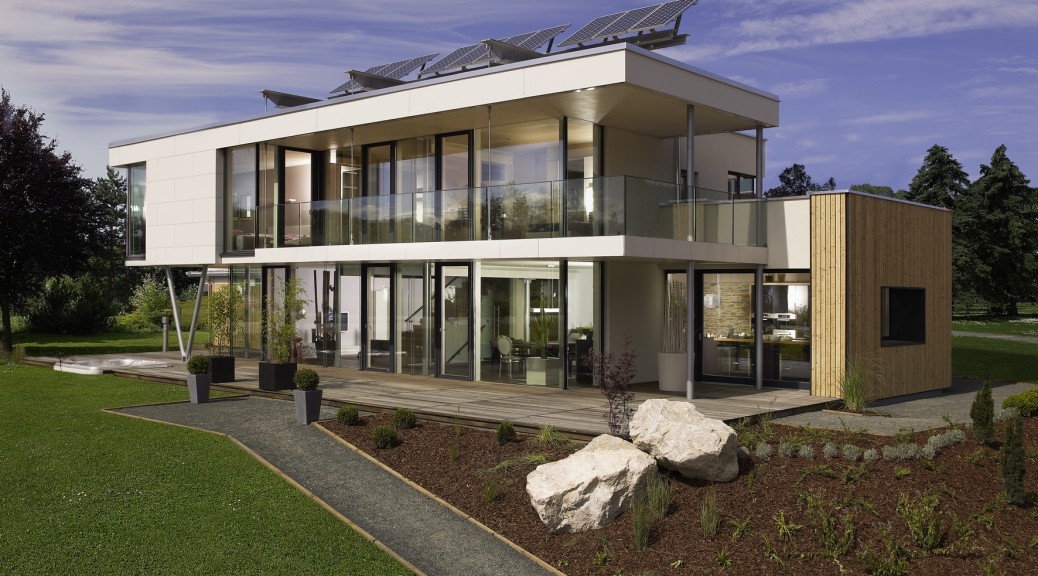I recently discovered a new function of Snapchat. In addition to sending silly snaps to distract your friends, you can now further procrastinate on this application by browsing the content of several multimedia channels and peek into publications such as National Geographic.

While I was doing just this the other day, I watched a short video about something called ‘Passive Housing’.
Many compare the concept of Passive Housing to a thermos, due to the high quality insulation is provides. As buildings account for a significant amount of energy usage around the world ( 40% in the United States), these ‘passive’ standards are driven by efforts to reduce energy usage in order to fight climate change.
Passive houses are known to focus on an single metric, energy use. Thus, in this article specifically, National Geographic talks about how Habitat for Humanity is looking to build these Passive Houses for low income families so they can spend less on energy costs after moving in.
Now, skeptics say all this sounds dandy, right up until Summer rolls in and this insulation starts working against energy efficiency by requiring inhabitants to turn up their cooling systems. Thus, perhaps the locations these passive houses are built need to be revised to make them as energy efficient as possible. Furthermore, the costs of building a passive house can really add up. Certification alone can cost a few thousand dollars. Add that to the cost of high quality materials, such as triple layered windows, and these houses become hard to afford. However, I think this draws back to our lecture on consumer costs. Although the price of initial product is high, the usage costs, and even post usage costs should be relatively low. Some experts even expect passive housing to reduce current energy costs by 90%. Consumers just need to be convinced of this delayed gratification of savings.


Hey Sarah!
I just downloaded Snapchat not too long ago and haven’t used it much for sending snaps, but thanks for introducing new features that I can explore on Snapchat!
Very interesting house design! This is a great way that we can save energy to ultimately reduce carbon emission. I knew about another environmental design called Earthship, check it out! Earthship is built from recyclable materials such as tires and plastic bottles, and a very minimalist model can be built from just $10,000 I believe. It’s a self-sustained house model that takes water from the sky, electricity from sun and wind, has self-contained sewage treatment, and is comfortable in any climate! Healthy food can also grow from the botanical cells. Although I’m not a big fan of its aesthetic appeal, kudos to the environmental benefits Earthship has!